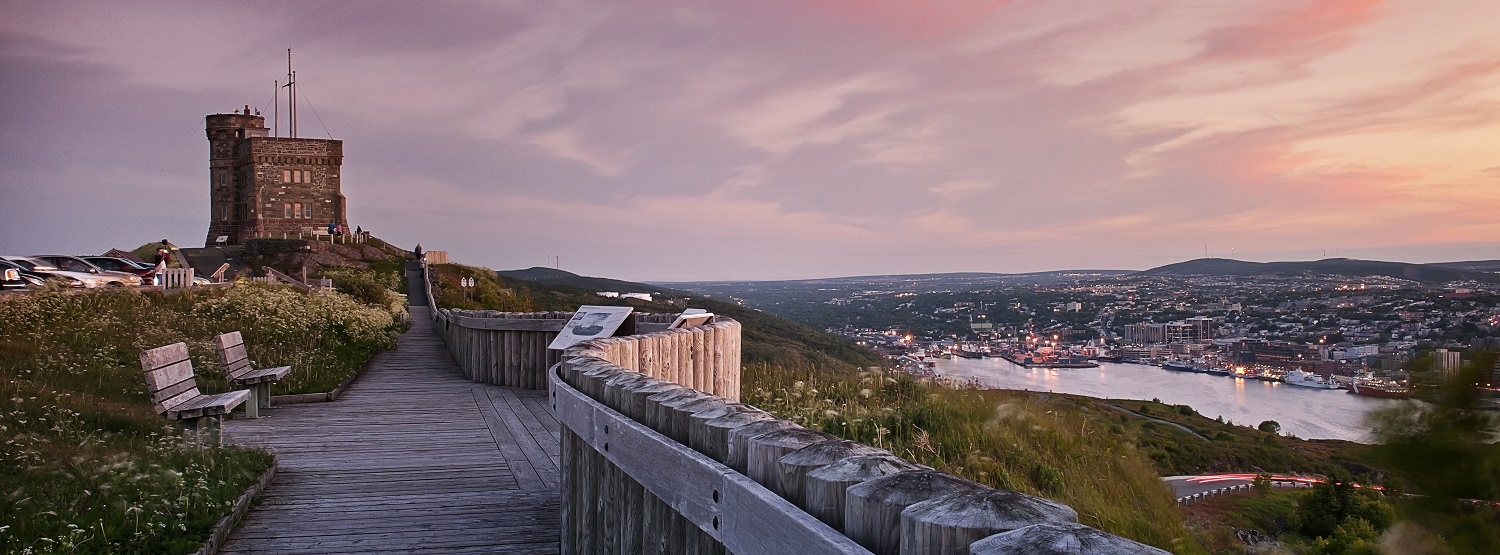- 250 Consumers road Suite 304, Toronto, Ontario, Canada M2J 4V6
- info@ihsec.ca
- Mon - Sat: (9.00 to 18.00)
About Alberta
Geography
The province of Alberta is located on the western side of Canada with an estimated population of 4,067,175 million as of 2016 census. This province is the fourth most populous province in Canada, with an approximate land area of 660,000 km (250,000 sq. mi). Edmonton is the first of the two most important cities in this province. Edmonton is the capital of Alberta as well and is located in the centre of the province. This city is the most prosperous city in Alberta owed to its rich crude oil reservoirs, the Athabasca Oil sands, and other industries. The second important city is Calgary, which is also the largest city in Alberta.
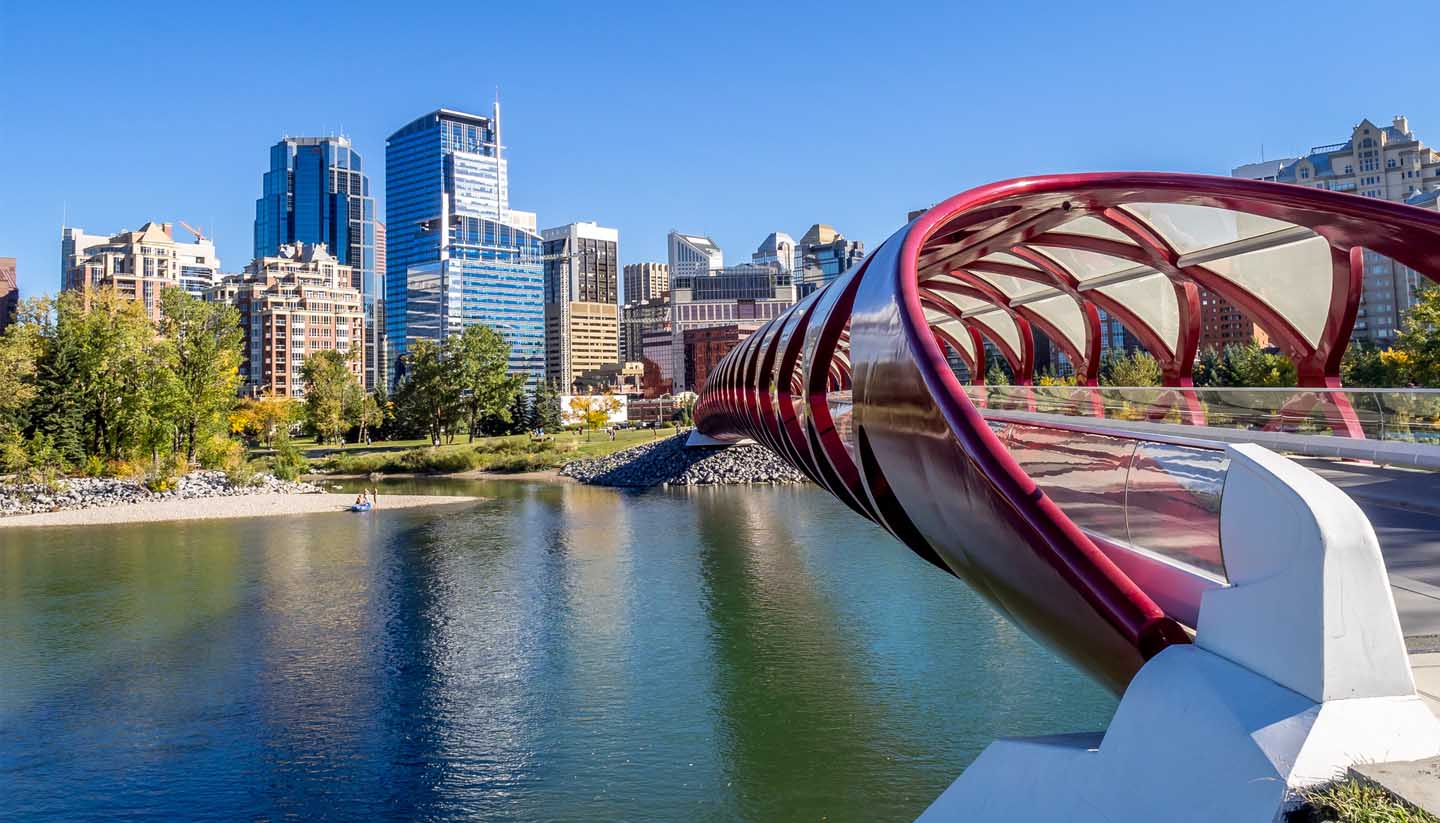
Climate
Alberta has warm summers and cold winters with a humid continental climate. For instance, in winter, the continental air masses produce an extremely low-temperature range from -54 degrees in northern Alberta to -46 degrees in the southern parts. The maximum temperatures recorded in the continental air masses which are produced in summer are 32 degrees in the mountains and over 40 degrees in the southern parts of this province.
Economy
Alberta has the strongest economic system in the world as a result of its burgeoning petroleum industry and, to a lesser extent, its agriculture and technology. As mentioned earlier, Alberta is best known for its conventional crude oil, synthetic crude, natural gas, and gas products in Canada. Also, it is the second-largest exporter of natural gas and the fourth-largest producer in the world.
Tourism
Alberta is a tourist destination in Canada due to its outdoor skiing, camping and hiking locales, outdoor festivals, shopping centres, athletic events, Commonwealth and Olympic Games. Edmonton and Calgary are the two cities that host four million visitors. The most visited places in Alberta are Banff, Jasper, and the Rocky Mountains that are visited by three million people per year.
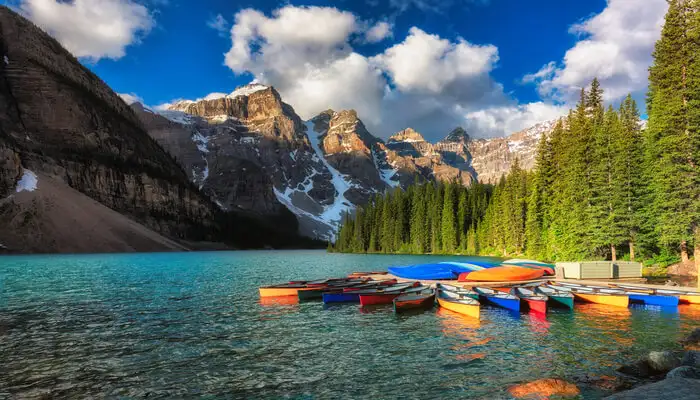
About British Columbia
Geography
The province of British Columbia that also called BC, located on the western side of the Canada and Pacific Ocean and the Rocky Mountains with a population of four million people. The capital city of this province is the city of Victoria, which is the fifteenth-largest metropolitan region in Canada. But the city of Vancouver is the largest city in this province where it has the most of the population. Greater Vancouver also is known as Metro Vancouver. As a 3rd most populated metro area in Canada, Metro Vancouver has 2.5 million population.
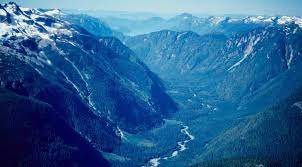
Climate
British Columbia’s climate is influenced by the Pacific Ocean and our mountain ranges. The snow doesn’t usually fall in the wintertime, but if it did it doesn’t stay long, for winters are temperate. In the summer, the maximum temperature on the south side of BC can reach is 30 degrees, but near the coast, the temperature is from 22 degrees to 28 degrees.
Economy
The economy of British Columbia is mostly focused on the Services and forestry industry and fluctuating importance in mining. The new jobs in this province are mostly changed to the construction and retail/service sector.
Tourism
There are many lakes, rivers, and forests in BC which are good and enjoyable for tourists to come and do hiking and camping, rock climbing and mountaineering, and hunting and fishing. There are many other places like Whistler where many people go to do snowboarding in the wintertime.
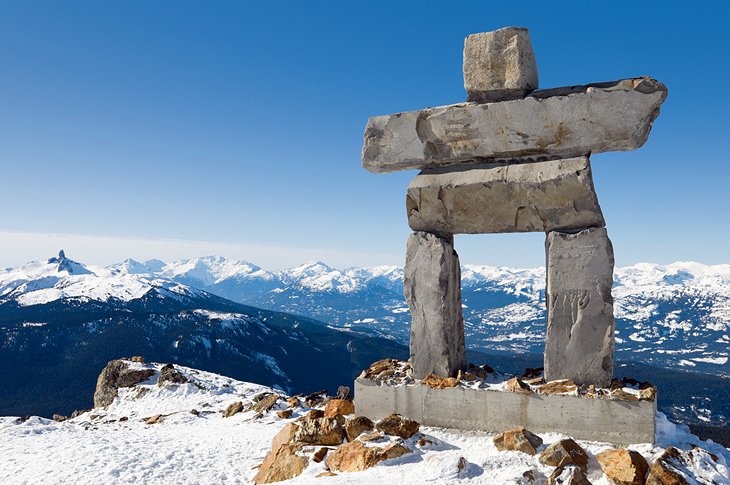
About Saskatchewan
Geography
The province of Saskatchewan is located on the west side of Alberta and on the east side of Manitoba by having an area of 651,900 square kilometres. The population of this province is nearly 1,098,352 million people. The city of Regina is the capital of this province.
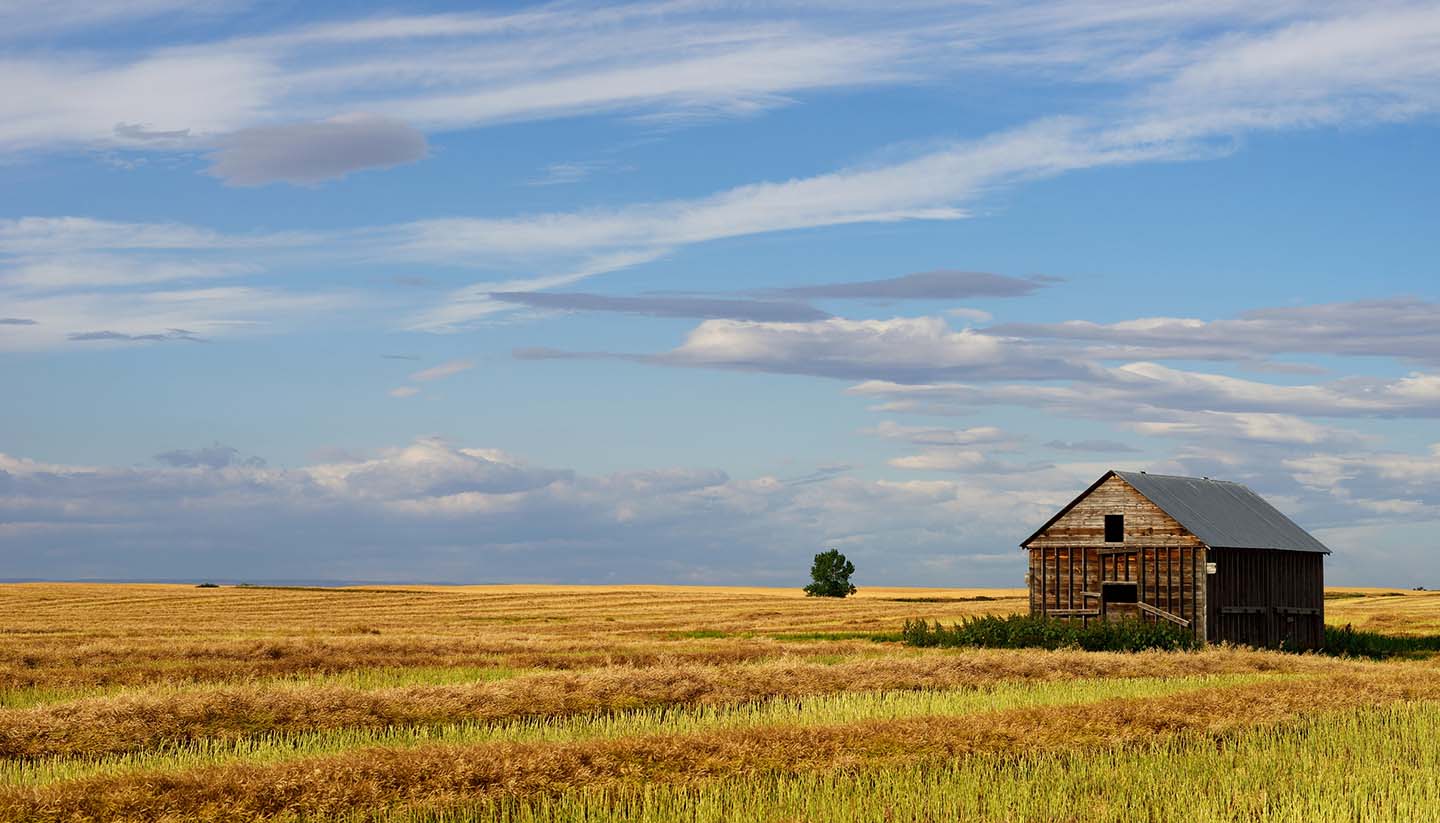
Climate
Saskatchewan has more sunshine than the other provinces in Canada, so it has warm and dry summers. The highest temperature in summer is from 15 degrees in May to the mid 30 degrees in July. The winter seasons begin in November by the temperature of being below the freezing point.
Economy
The economy of this province is primarily associated with agriculture. However, they also work on growing a large portion of grain and wheat. Even though the province of Alberta is more populated by its oil and natural gas production, this province has those productions too.
Tourism
There are many incredible places for camping, hunting, fishing, trails, and playing golf for tourists who come to visit this province. Also, they can enjoy going to concerts, casinos, spas, and wellness, etc. Some of the winter activities are tobogganing, snow tubing, hockey, skating, curling, dogs sledding, ice fishing, horseback riding, sleighing, downhill skiing, winter festivals, etc.
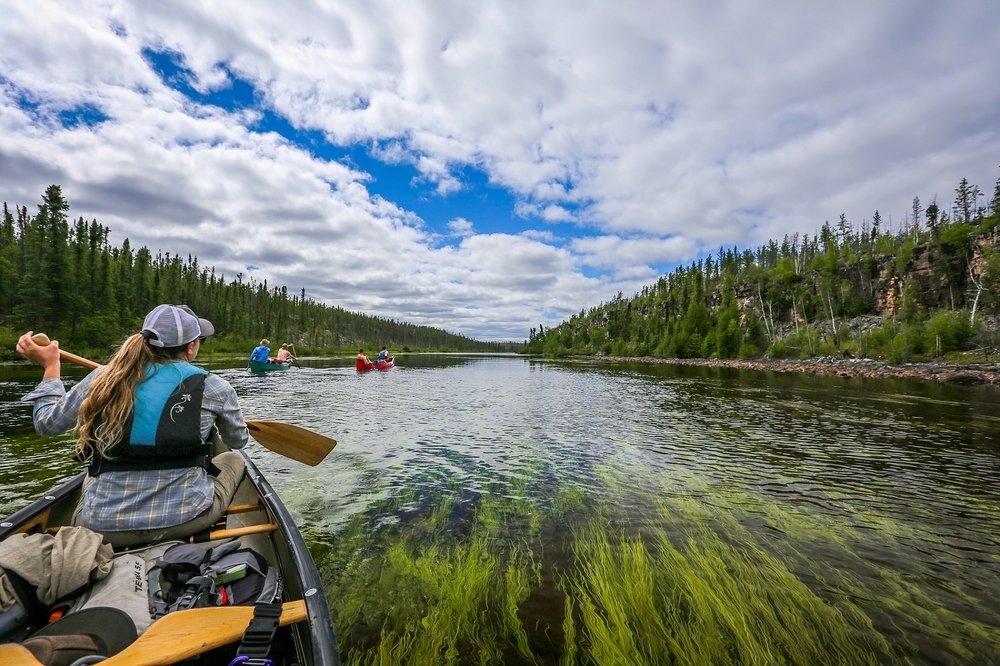
About Manitoba
Geography
The province of Manitoba is located in the Centre of Canada with an area of 649,950 square kilometres. There are 1,278,365 million people who live in Manitoba, and most of them are living in the capital of this province, which is the city of Winnipeg. The city of Winnipeg is the eighth largest city in Canada.
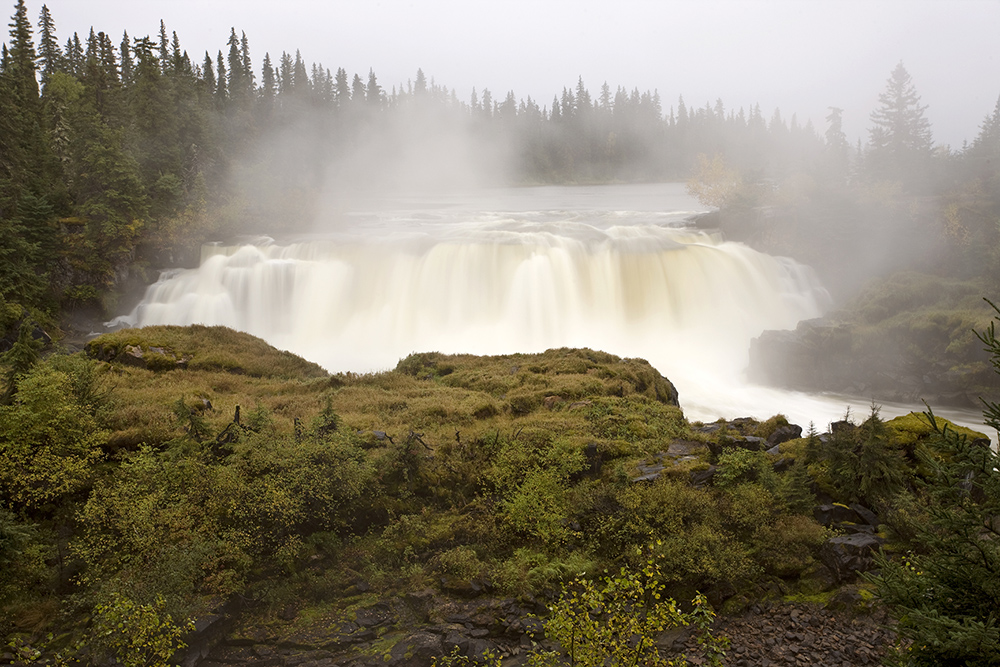
Climate
Manitoba is known for its dry climate with very cold winters and very hot summers, mean it has a continental climate. In the winters, the temperature is around -40 degrees, but in the summer, the temperature reaches 38 degrees.
Economy
The three subjects that Manitoba’s economy is based on them are agriculture, forestry, and fishing. Basically, their economy is based on natural resources and most of their incomes are from those three topics.
Tourism
Like most of the other provinces in Canada, this province is also a good place for outdoor adventures, events, festivals, and urban adventures. Even though in the wintertime the weather is freezing but you can travel there to visit and experience new things.
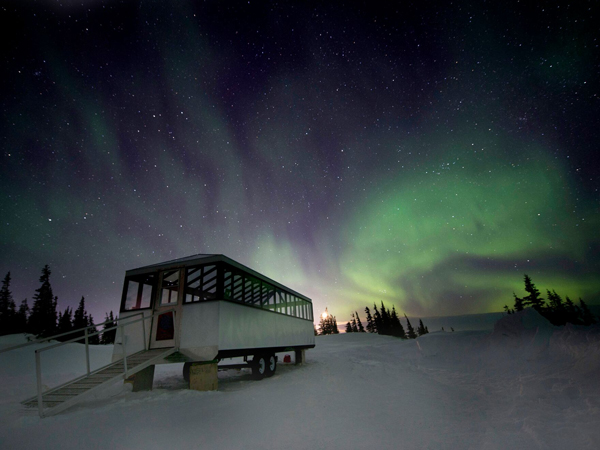
About Ontario
Geography
The east-central province of Canada is Ontario, with a land area of 415,598 sqm and an approximate population of 13,448,494 people. Ontario is home to almost 40 percent of Canada’s population. The capital of this province is Toronto, which is also the largest city and the most bustling city of Ontario. One other thing to remember about this province is the fact that the charming city of Ottawa and the capital of Canada are located in this province.
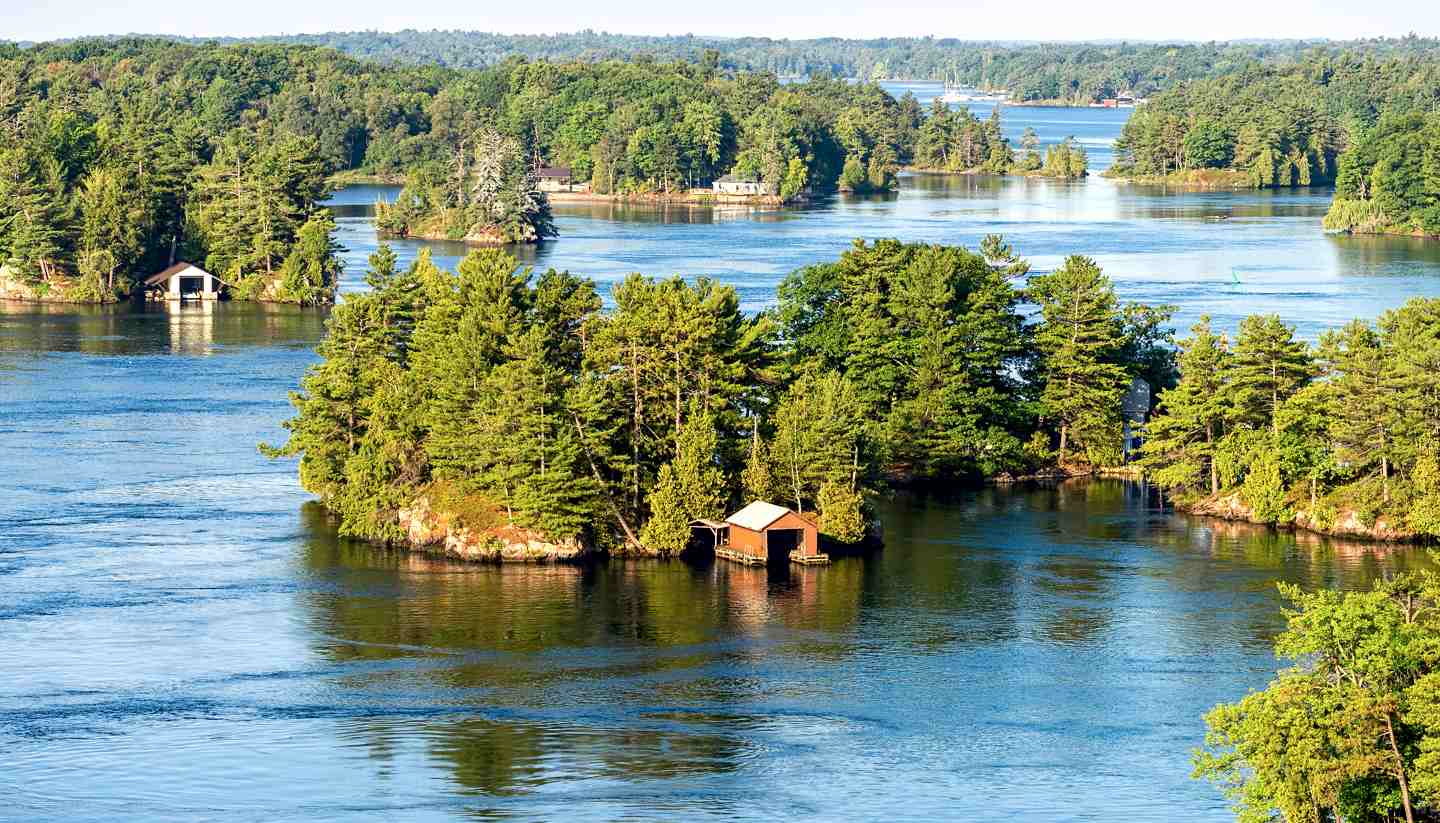
Climate
Ontario has a humid continental climate like Alberta, which means that weather in this province varies by place and season. That is to say, in summertime, the southern side of Ontario gets hot, and the daily temperature gets around 20 degrees to 30 degrees. On the other hand, the northern side of Ontario has cold and snowy winters, so the temperature is mostly below 0 degrees and unfortunately, it can drop to -30 degrees.
Economy
One of the main industrial sectors that has a considerable effect on Ontario’s economy is manufacturing. Furthermore, the American state of Michigan is one of Ontario’s strongest partners in this regard. However, producing hydroelectric energy will help Ontario’s economy grow and become more powerful.
Tourism
Ontario is one of those provinces that is known for having incredible places for tourists from all over Canada or even the world. To provide some examples Algonquin Provincial Park, Pukaskwa National Park, and Niagara Falls are a couple of those places.
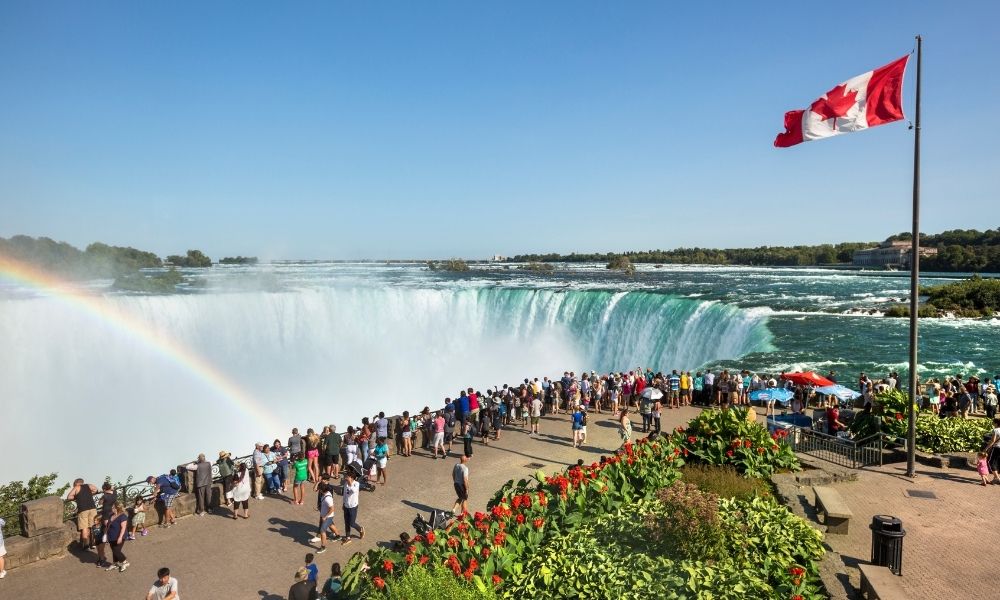
About Quebec
Geography
The province of Quebec is located between Ontario and Newfoundland and is also known as Canada’s largest province. The capital city of this ancient province is called the Quebec city, and its largest city is the city of Montreal. Some 8,164,361 million people live in this francophone province; however, English is also popular among people. This province plays a great role in some of the political topics.
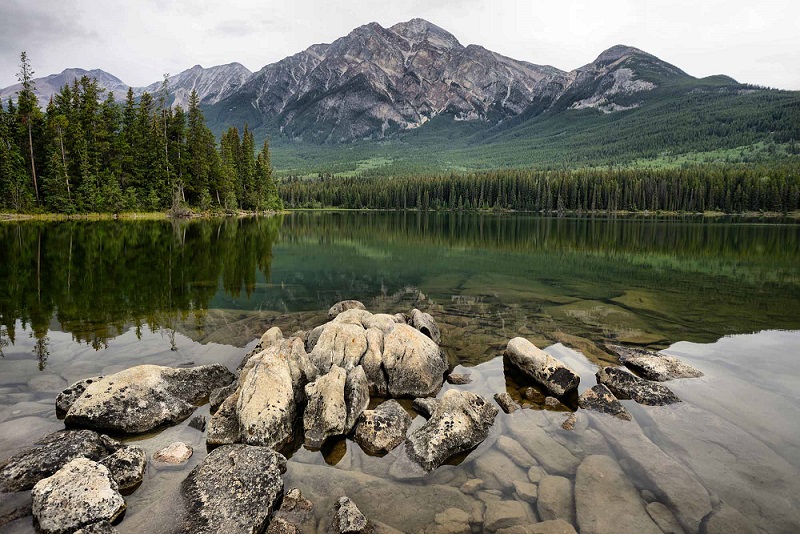
Climate
Same as most of the other provinces in Canada, Quebec, has a humid continental climate. The temperature from north to south in winter time is from -10 degrees to -25 degrees, but in summer, the temperature varies from 5 degrees to 25 degrees. These temperatures may change at different times and places. For instance, the temperature may reach -40 degrees in the wintertime and 35 degrees in summer.
Economy
The government of Quebec province is powerfully handling different economic sectors, such as manufacturing and service, natural resources and energy, and agriculture. As an example, there are much mining and forestry happening in the manufacturing sector in Quebec.
Tourism
As we mentioned before, Quebec is an ancient province, so obviously Quebec is surrounded by many old and fantastic places for tourists who travel there to visit them.
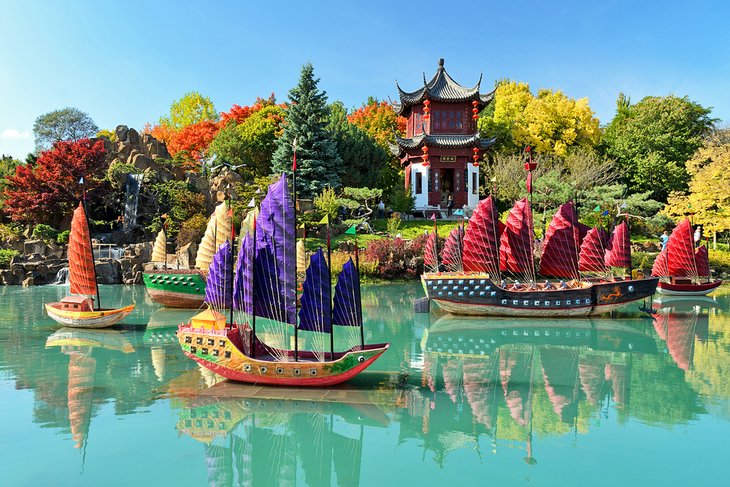
About New Brunswick
Geography
The province of New Brunswick is located in the north of Quebec and southeast of Nova Scotia; it’s also one of Canada’s three coastal provinces with an approximate land area of 73,000 km square. The capital city of New Brunswick is Fredericton city. Fredericton is home to Canada’s historical painters. Some 747,101 people live in this bilingual(French and English) province.
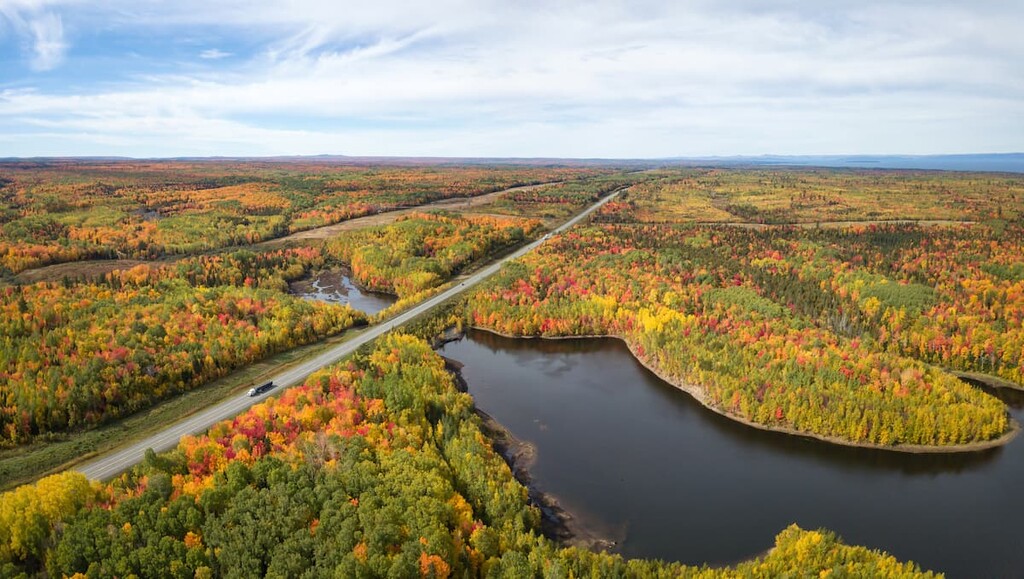
Climate
Similar to other Canadian provinces, New Brunswick also has a humid continental climate which means that in summer you can expect the temperature to vary from 19.1 degrees to 25.2 degrees and In winter assume that the temperature can change from -6.4 degrees to -11 degrees. Therefore, it’s obvious that this province is more likely to have cold winters than hot summers.
Economy
The most popular and beneficial industry in this province is manufacturing, which renders the income of the majority of people in this province. Moreover, other industries such as fishing, forestry, mining, farming, and tourism are active, with contributes to a progressive economy.
Tourism
As we mentioned before, tourism is part of New Brunswick’s economy. This indicates that there are many great places in this province to visit. For instance, New Brunswick Museum and Hopewell Rocks are two of those popular places in Brunswick.
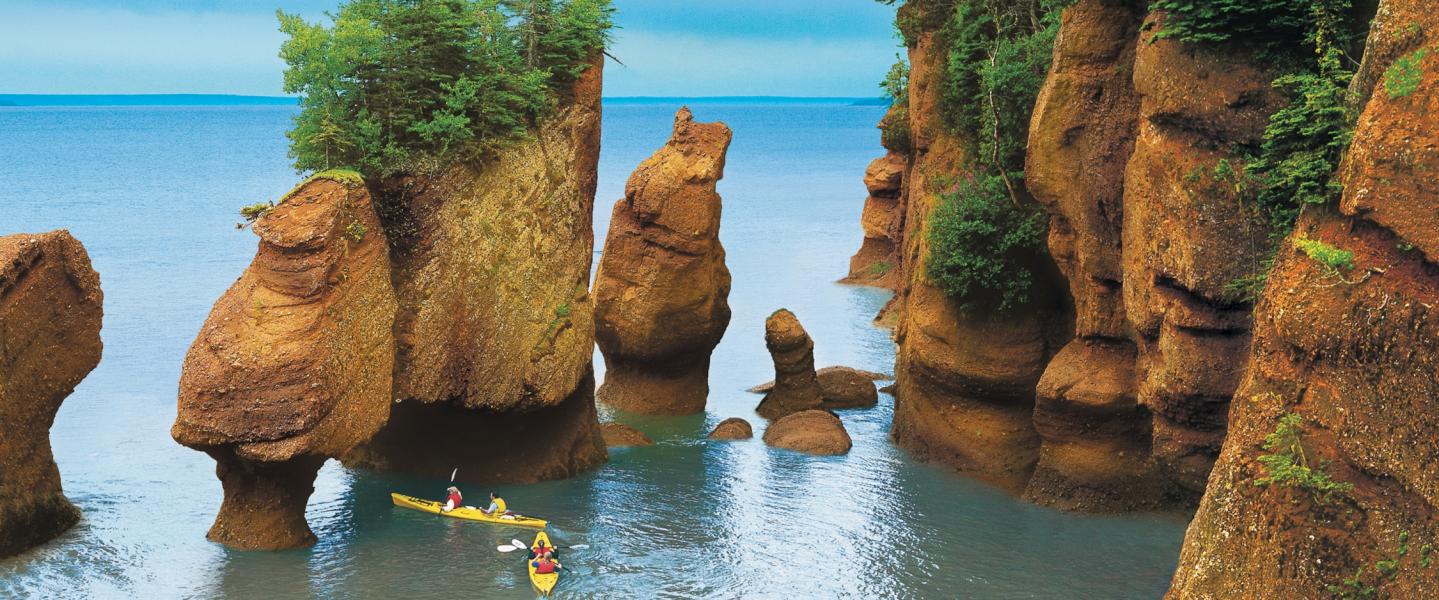
About NovaScotia
Geography
Nova Scotia (New Scotland) is located near the west side of New Brunswick and close to the Atlantic Ocean with a land area of 55,284 km2, and its capital city is Halifax. This province is also known as the second smallest province in Canada, with the overall population of 923,598.
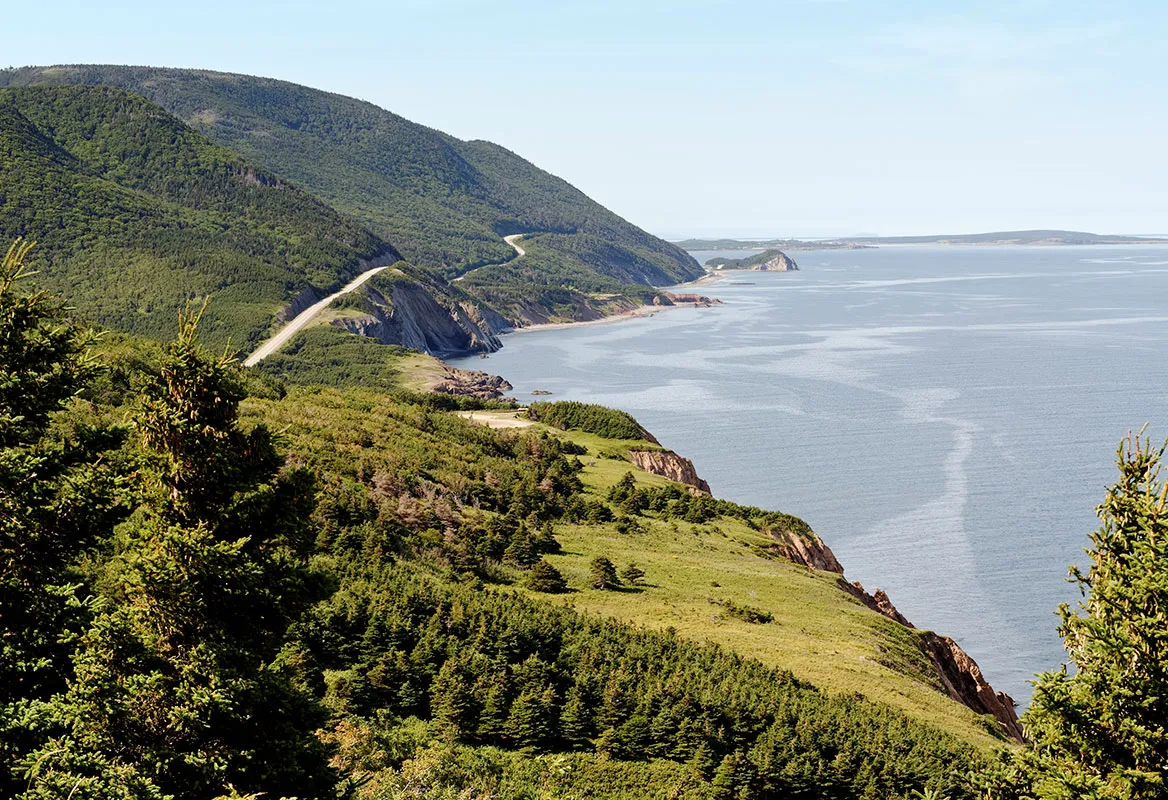
Climate
The weather in Nova Scotia is almost the same as some other provinces in Canada, even though it is close to the Ocean. For instance, usually in the summer, the highest temperature reaches 25 degrees, but in the winter, the lowest temperature is -1 degree.
Economy
The economy of Nova Scotia is mostly focused on agriculture, manufacturing, mining, and electric energy, etc. Even though the economy in this province is pretty normal, the government and people of Nova Scotia are endeavouring to boost their economy and create a better place for living.
Tourism
Tourism is one of those economic areas Nova Scotia is working on. There are many stunning places in this province that attract thousands of people annually. such as Cape Breton Highlands National Park, Bay of Fundy, Peggys Cove, and Digby. Those places are designed for those visitors to go to visit them.

About Prince Edward Island
Geography
Prince Edward Island (PEI) is the smallest province of Canada after Nova Scotia and New Brunswick in Canada with a land area of 5,660 km2. It is located on the eastern side of Canada and the Gulf of St. Lawrence, with the population of 142,907 people. Charlottetown is the capital city and also the largest city in PEI province.
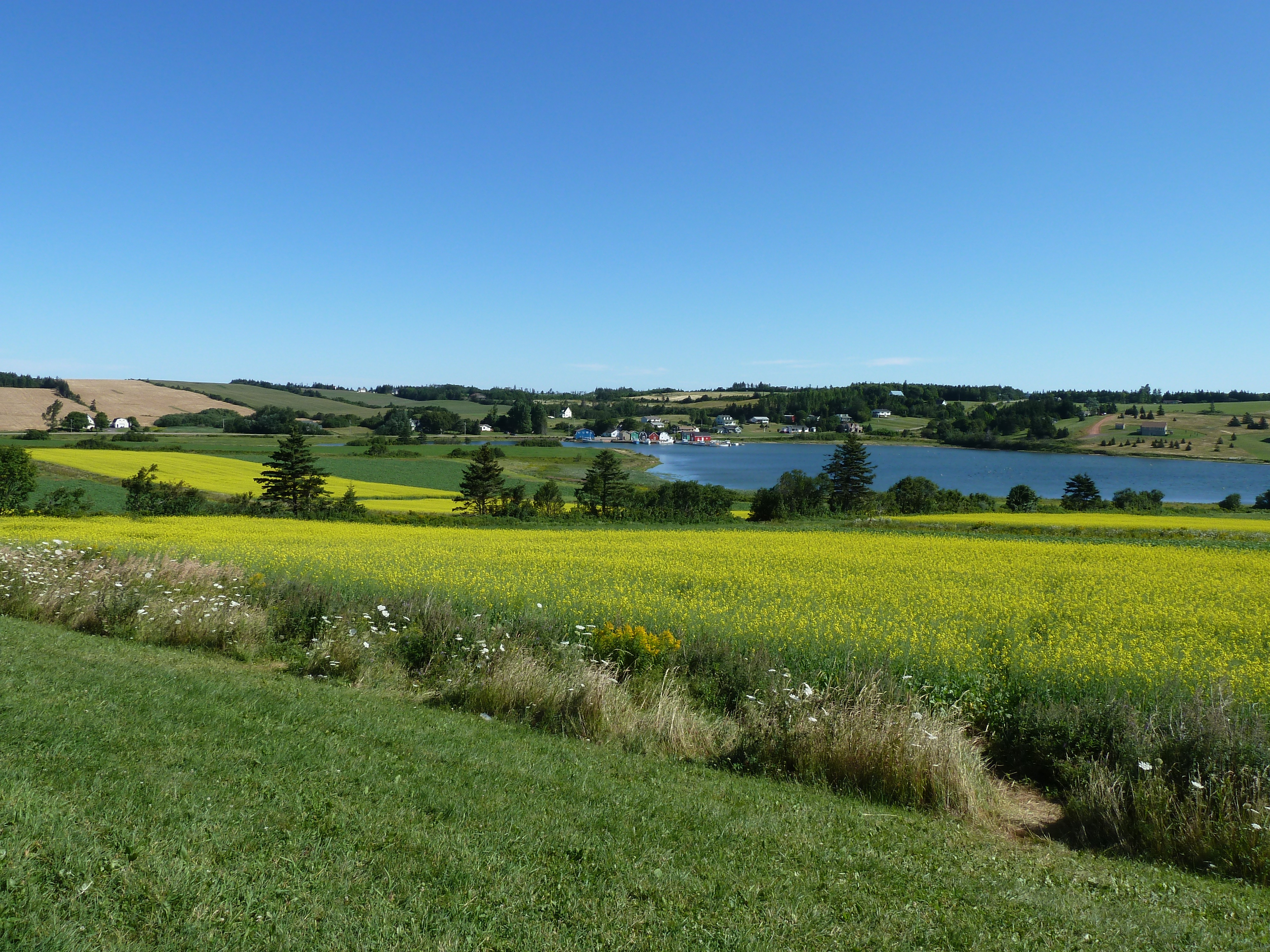
Climate
Prince Edward Island is located near the Atlantic Ocean, which is very similar to Nova Scotia’s location. Considering the geographical location of this province, it is obvious that the weather will change because of its location. In the summer, the temperature is usually about 23 degrees to 30 degrees. On the contrary, in the winter the temperature goes down to -7 degrees and it’s longer than other places in the country.
Economy
Not only the location of this province but also its industries are similar to Nova Scotia. By saying that, we mean that PEI is also focusing on agriculture, tourism, and fishing. Even though they work hard, their agriculture is one of those industries which are seasonal.
Tourism
As we mentioned earlier in the economy section, tourism is on of the topics that Prince Edward Island province cares about, so we can say that tourism has been developing there for a while and it’s worth travelling there. Like most of other provinces, PEI has many stunning places for the visitors to visit. For Example, Anne of Green Gables house, Brudenell River Provincial Park (it is an incredible place for camping), and Argyle Shore Provincial Park are three of those places.
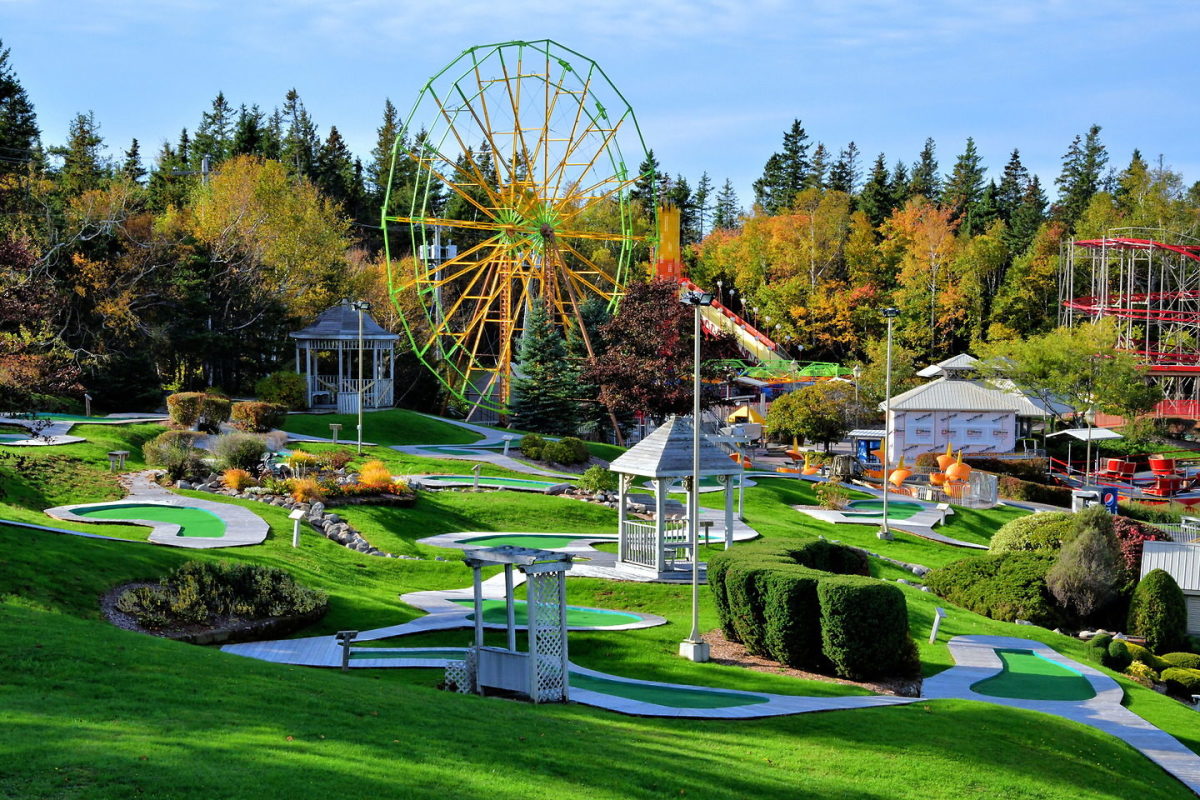
About Newfoundland and Labrador
Geography
The province of Newfoundland and Labrador is located on the eastern side of Canada, with a land area of 405,212 km2. The capital and the largest city in Newfoundland and Labrador is St. John’s city. The population in this region is 519,716. The official language in this fascinating province used to be French; however, it has changed to English presently.
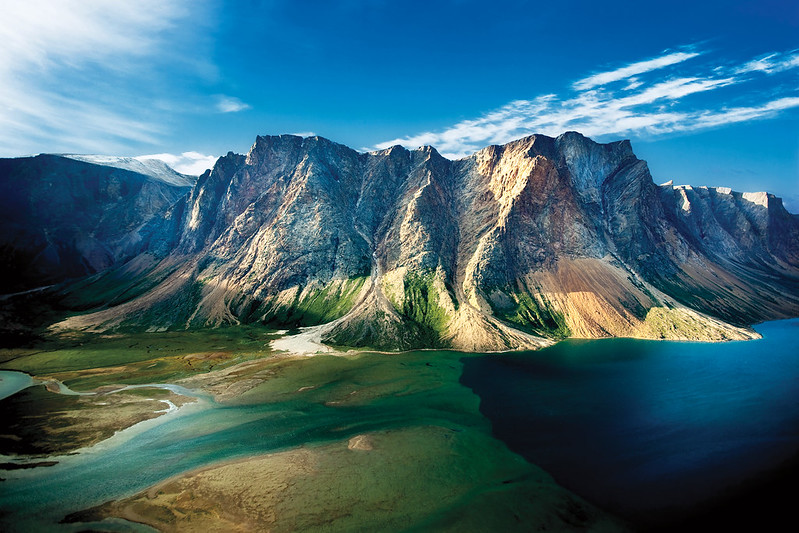
Climate
Newfoundland and Labrador’s type of climate are different from most of other provinces, that is to say, this province has a subarctic climate. The subarctic type of climate usually has cold summers and extremely cold winters. For instance, the average temperature in winter ranges from -8 to -18 degrees, while in summer the average temperature varies from 6 to 19 degrees (the temperature may differ by place).
Economy
The economy of Newfoundland and Labrador wasn’t developing before, but after a while, they found out that they could extract oil from and make lots of money. Nevertheless, following a decrease in the price of crude oil, the economy in that area entered a period of depression. The government decided to focus more on producing oil, fishing, wood producing, and shipbuilding. By now, their economy has a normal situation.
Tourism
As mentioned before, tourism is one of the industries that Newfoundland and Labrador province is trying to develop. The government spares no effort to improve the tourist attractions and boost this industry. They have actually been really successful in this regard as many people from all around the world or even in Canada go to visit those attractions annually. Golfing at the River Course, Humber Valley Resort, visiting the iceberg at Fogo Island, and camping at Terra Nova National Park are some attractions tourists choose for sightseeing.
